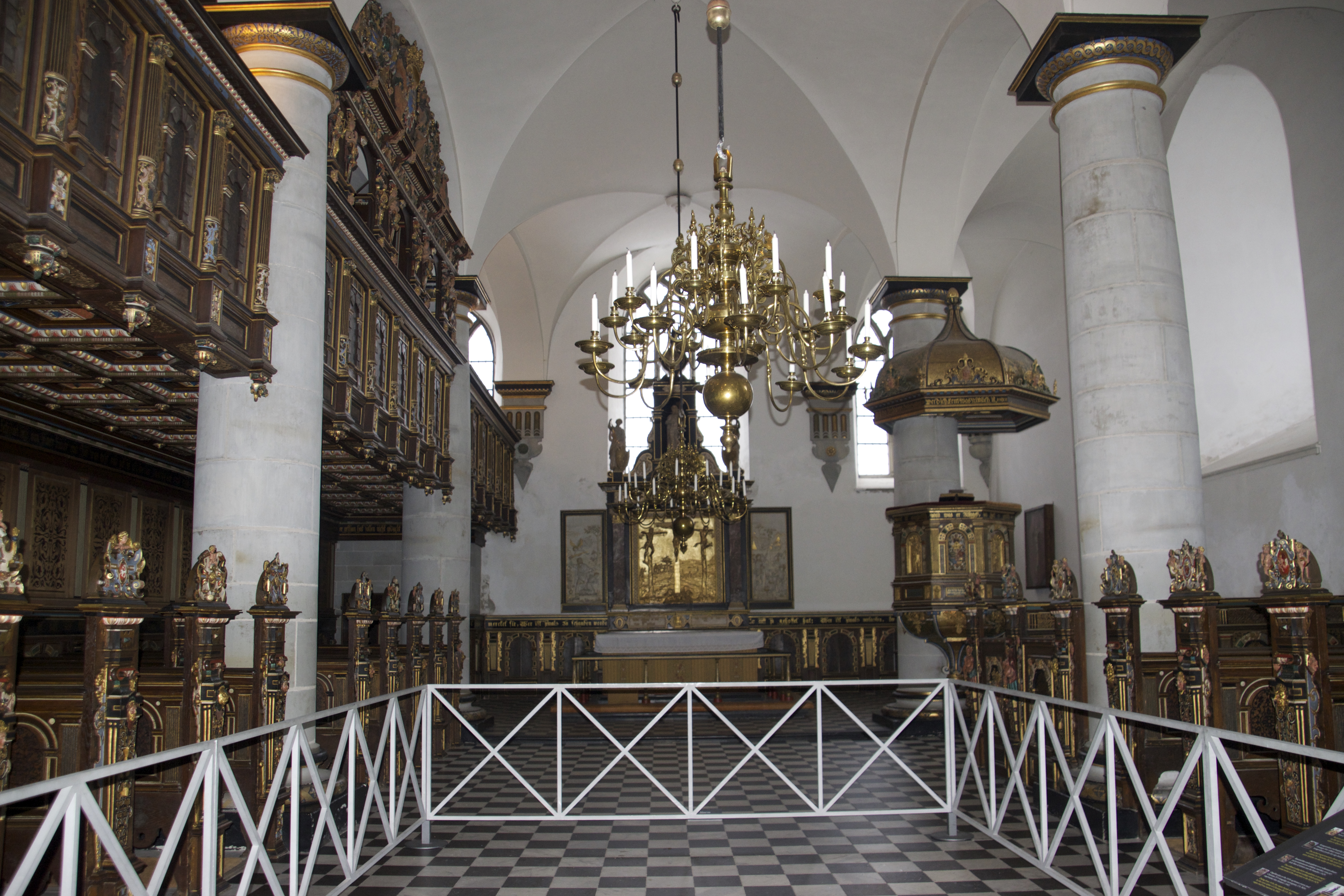Having grown up in a small town just outside of Green Bay, Wisconsin, I have always been used to being around a community of Christians where being a Christian means being part of the majority. When I moved to Madison for college, I was exposed to many more cultures and religions, but still the majority of my friends have also belonged to some denomination of Christianity. When I got to Denmark, I found the opposite of this to be true and suddenly being a Christian put me in the minority of the population.
One day I was sitting in my kitchen when one of my Danish friends said to me, “Not to be offensive, but Nicole can I ask you a question?” I said, “of course,” and then he asked me, “Do you believe in God?” I responded, yes I do. He then questioned me for a few minutes, so you are studying science right? Yes. You want to go into the health field? Yes. He then exclaimed “How can you be so smart yet believe in something so stupid!?” All the other Danes in the room stopped what they were doing, some gasped and some said, “That is so rude! You can’t just say things like that!” He explained that he was not trying to be rude, he was just trying really hard to understand.
The thing is though, I was not at all offended. My friend and I went on to have a respectful conversation about how differently we were raised. I admit, if I also had been raised as an atheist, the idea of a god may also seem silly to me, like a grown person believing in Santa Clause. I also explained that religion and science are not mutually exclusive to me, my Christian identity is a strong part of my background, and religion can be a great comfort in one’s life.
While abroad, rather than dwelling on the differences between me and my Danish peers or being bothered by the disagreements we may have about religion, politics or any aspect of life, I am just really grateful for the opportunity to hear new perspectives. I have found that travel offers me a great opportunity to challenge my beliefs while still staying true to myself.
Denmark has many lovely churches. One of the first churches I walked into was the church connected to Kronborg castle — the castle where Shakespeare’s Hamlet couldn’t decide whether to be or not to be. My visiting host family (Danish parents I do not live with but have been assigned to visit) took me and another American student to the castle and the church. The church was completely empty, and I wasn’t even sure if services were offered anymore other than for special occasions. My host parents, Bille and Lene, explained to me that here most Danes actually pay a membership fee to and pay taxes to a church, but it is more of a formality and tradition rather than an expression of belief.
The most interesting experience I have had in a Danish church was one Tuesday evening when me and a few other foreign friends (a Canadian, an American, two Belgians and a Swiss girl) went to a Danish Indie concert held in a church close to the DIS campus. It was beautiful; the pews were blocked off, but every pew had a candle lit by it. There were mats on the floor and the audience was sitting on the mats with friends, enjoying the music. The whole experience was very hygge (a Danish word for an experience that most closely translates into the word cozy). What really struck me was a projector, displaying images of birds and construction cranes against the back wall, right over the crucifix. The churches here are often used for many things besides religious services. A Danish friend of mine even told me of a church she knows of that shows movies every week. While the churches here are not used in the way I am used to, I think the important thing is that these activities still bring people together to celebrate life and a sense of community. Isn’t that what church is all about?

